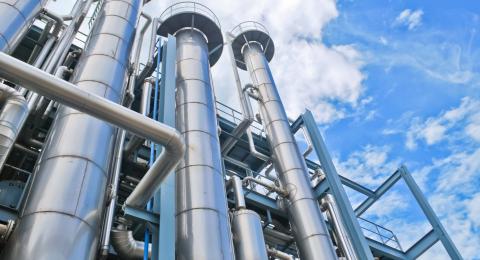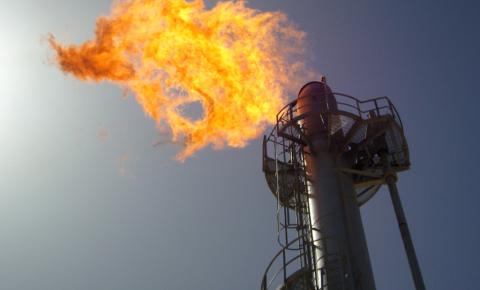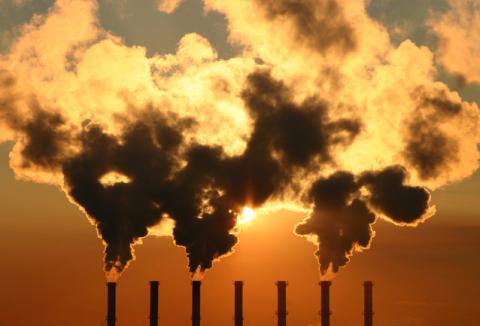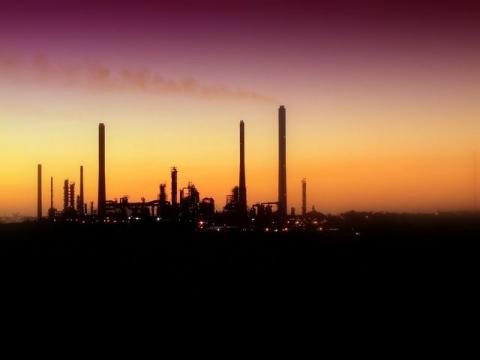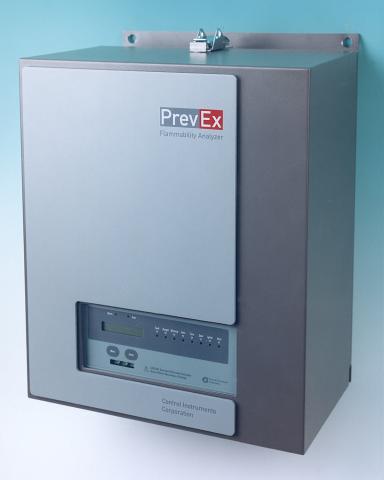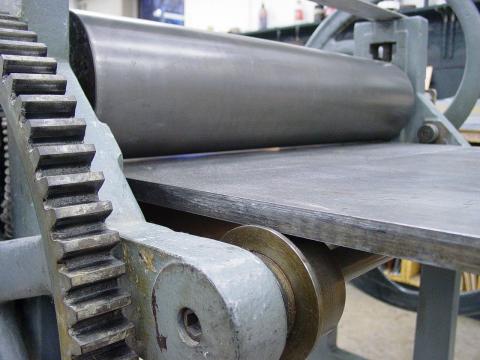Pollution Control: Solvent Recovery
Solvent recovery systems recover and re-use solvents from manufacturing processes. Solvent laden air from the processes is passed through an activated carbon bed. When the carbon bed is nearly saturated with solvent, a steam-down cycle occurs to condense out the solvent for re-use. The carbon is then regenerated for another collection phase. Two carbon beds are used so that one bed can process the solvent-laden air while the other one is regenerating.

